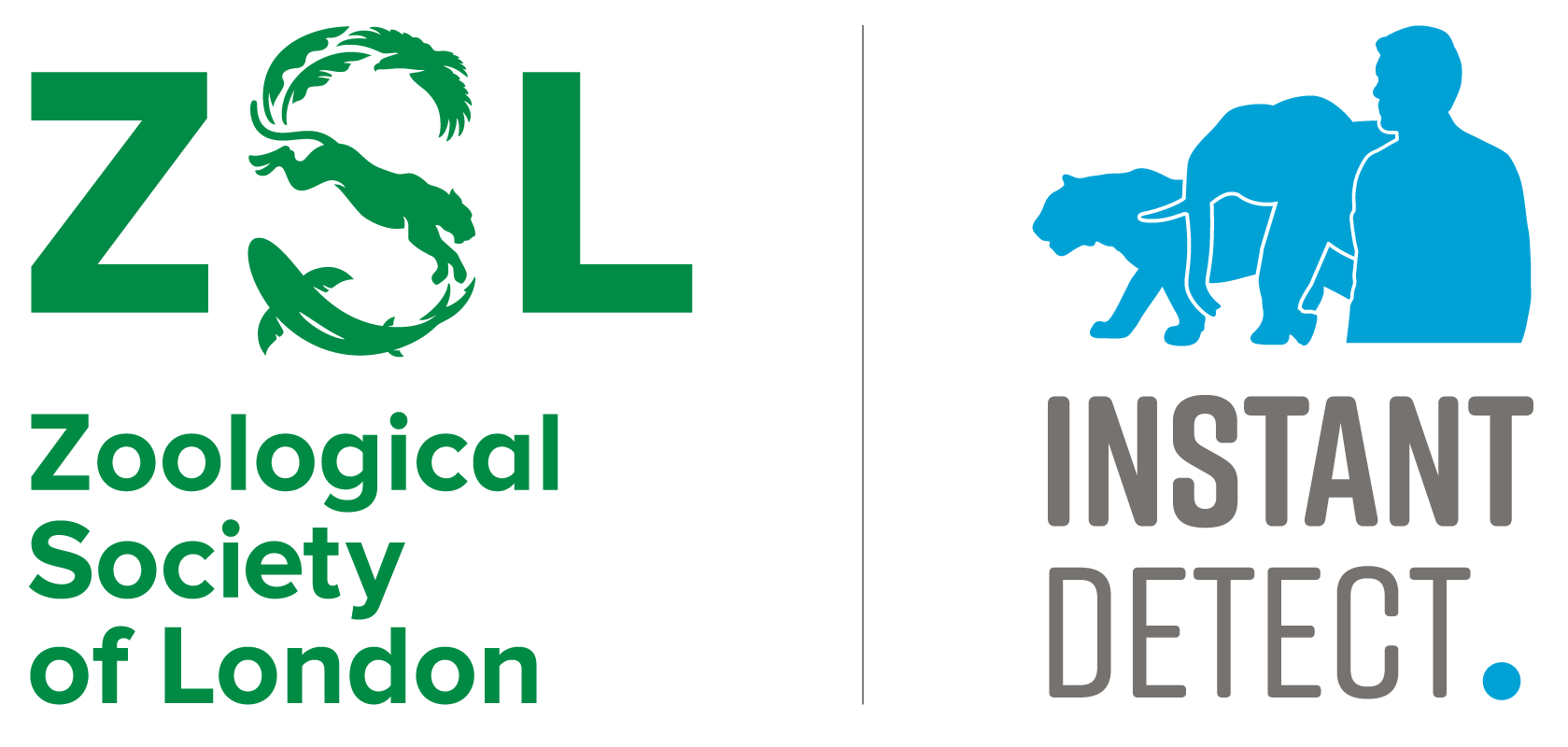Instant Detect 2.0 creates a local radio network between multiple camera and sensor endpoints and a single satellite connected Base Station.
Images and data are sent to the Base Station using low-power Long-Range (LoRa) radios. The Base Station stores and then transmits received images and data to the cloud using Iridium satellite connectivity.
A single Base Station can connect to multiple cameras and sensors, with the ability to receive images and data from 7 devices simultaneously. The network is designed to be completely reliable so that vital images and data are never lost in transmission.
Low-cost satellite connectivity
Images and sensor data sent to the Base Station are stored and then transmitted to Instant Detect Cloud using the Iridium satellite network.
The Iridium satellite constellation provides global coverage, enabling Instant Detect 2.0 to transmit images and data reliably from even the most unconnected landscapes.
Iridium provides Instant Detect 2.0 with an airtime package for approximately 3,600 images to be transmitted per Base Station each month.
Online data access
Instant Detect Cloud is an intuitive internet based platform provided with Instant Detect 2.0.
Users can easily view, search and manage the collected images and sensor data sent by their system, both in (near) real time and historically, and can check system settings, reports and the ‘health’ (battery and memory status).
Users’ data is secure and only the owners of a system have access to the data and images collected.
The Instant Detect 2.0 team is working with other conservation technology providers to integrate the Instant Detect 2.0 system into other asset and data management platforms.
Light weight and portable
The system has been designed to pack into a rucksack so that it can be carried easily to remote deployment locations. Cameras and Sensor Endpoints can be quickly and easily deployed or removed without any fixed infrastructure, additional enclosures or cables.
The Base Station has higher power requirements (it contains the radio concentrator and satellite modem) and so requires a larger (12 kg) external battery pack or solar charging.
Low maintenance and long lasting
The system is low power and designed to be deployed for long periods without requiring servicing.
Daily ‘health’ reports of battery and memory status, signal strength and the number of images/sensor events captured enable intelligent and efficient maintenance.
Cameras and Sensor Endpoints use rechargeable lithium battery packs while the Base Station uses a larger external power pack or solar charging.
Rugged design for harsh environments
The field is a harsh place, so we have designed and built Instant Detect to be highly ruggedised and robust and to operate in temperatures from -20°C to +50°C.
The system’s enclosures and connectors are dust and waterproof so that the Sensor Endpoint and Base Station can be buried in waterlogged soils.
All parts of the system have been carefully chosen and field tested to be able to stand up to the rigors of the field.
User friendly
Metal detecting sensors
Instant Detect 2.0 uses a highly sensitive metal detecting sensor developed specifically for use with the system.
The metal detecting sensor is used to detect people carrying small amounts of metal. It can detect a vehicle up to 20 metres, a rifle out to 5 metres and snares out to 2.5 metres.
When placed along likely poacher movement routes or natural choke points, it can either be used to trigger the Camera to take an image, or it can be completely buried with a Sensor Endpoint to just send a detection alert.
Easy to conceal
For covert deployments the system can be buried entirely with just the antennas above the ground. A camouflage cover over the satellite antenna makes it almost impossible to spot.
Cameras are small enough to be camouflaged using a variety of camouflaging options depending on the deployment location and type of vegetation. Using the metal detecting sensor with the camera means that it can be placed at more extreme angles or distances making the camera much more difficult to be discovered.
This is unlike cameras that rely on a passive infra-red (PIR) sensors which must have a clear and unobstructed view of the target and are therefore are more likely to be spotted.
Change settings remotely
Any device in a network can have it’s settings changed from the Base Station. This is even possible when the Base Station is buried underground by wirelessly connecting to it and then opening the Access Tool on a smart phone, tablet or laptop.
Using Instant Detect Cloud, users can review all devices’ settings. An upgrade in development will enable settings to also be changed remotely from the cloud.


